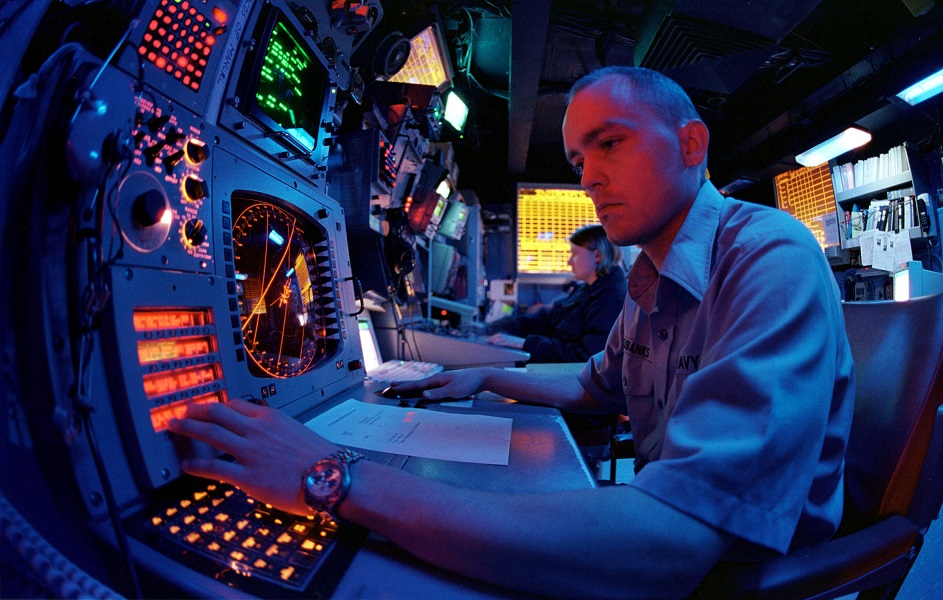This post is also available in:
 עברית (Hebrew)
עברית (Hebrew)
Electronic warfare represents the ability to use the electromagnetic spectrum waves to either disrupt, intercept, or sabotage enemy electronic systems in offensive operations or to protect interested assets. The increasing use of advanced electronics in weapons makes the employment of EW equipment essential for the arsenal of armed forces.
Japan has been recently speeding up efforts to boost its EW capabilities as Beijing and Moscow have been improving their technologies. Japan’s military will set up a specialized electronic warfare unit in order to increase the country’s capabilities in this field.
Japan’s first electronic warfare unit is stationed in Hokkaido’s Camp Higashi-Chitose, which gave it a prime position for intercepting Soviet signals. But the East China Sea has emerged as a newer priority in Japan’s defense policy.
With the envisaged unit, Japans’ Self Defense Forces will be able to jam an enemy’s radar and missile guidance signals, as well as protect Japan’s communications on the front line, in the event of an attack on a remote island, for example. In such case, monitoring and jamming enemy communications would be an effective countermeasure as opponent troops and warships communicate with each other through signals while carrying out military operations.
The unit will also nullify radio waves transmitted by enemies by sending out other radio waves that have the same frequencies.
To achieve such objectives, the GSDF (Ground Self Defense Forces) has adopted the cutting-edge network electronic warfare system dubbed NEWS.
Tokyo is also developing new standoff electronic warfare aircraft capable of jamming an enemy’s radio waves from a long distance and separate ground-based equipment designed to cast powerful radio waves to disrupt operations of enemy aircraft, according to kyodonews.net.
In the state budget for fiscal 2020, the Defense Ministry has earmarked 15 billion yen ($140 million) for developing the new aircraft and 3.8 billion yen for researching disruption of radar of enemy aircraft.


























